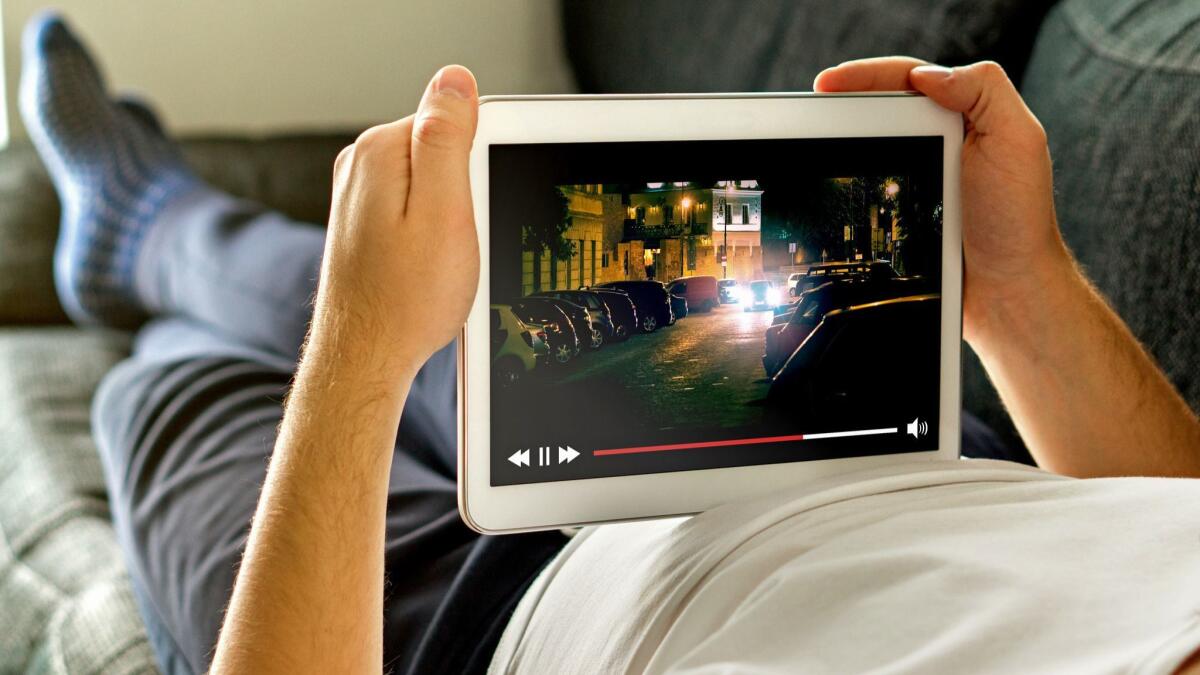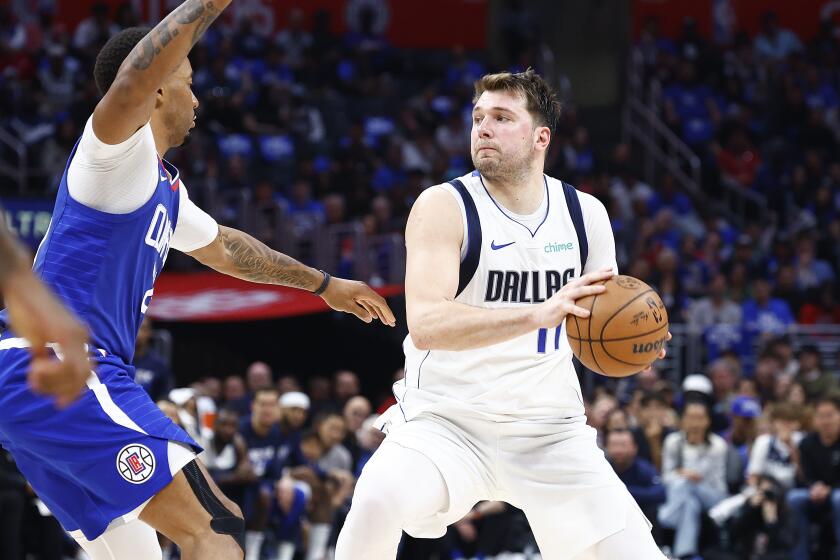U.S. households with paid streaming service surged 450% in less than a decade, study says

In yet another sign of streaming media’s growing dominance in the entertainment industry, the majority of U.S. households now subscribe to at least one digital video streaming service such as Netflix, Amazon Prime and Hulu, with a surge of original content driving consumer adoption, according to a new survey that will be released Tuesday by Deloitte.
Deloitte’s 12th annual digital media trends survey shows that streaming video adoption passed the halfway mark in 2017 with 55% of U.S. households now subscribing to paid services.
In less than a decade, the percentage of U.S. households subscribing to a paid streaming video service surged 450% — from just 10% in 2009 to 55% in 2017.
The survey found that 54% of streaming video subscribers said they had signed up to watch original content they can’t find anywhere else. Other factors include the ability to watch movies and shows at anytime, as well as commercial-free content.
Nearly one-half, or 48%, of all U.S. consumers streamed television content every day or weekly in 2017, compared with just 37% of consumers in 2016. Consumers spend on average 38 hours watching video content each week, 15 hours (or 39%) of which is streamed.
One of the casualties of the trend has been traditional pay TV packages, such as cable and satellite bundles. As more consumers cut the cord, pay TV penetration has fallen, dropping to 63% in 2017 after remaining steady at about 75% for years, according to the survey.
The study showed that 16% to 22% of millennial consumers, as well as those in Generations X and Z, have never subscribed to a pay TV service and are probably unlikely to do so in the future. The majority of survey respondents said they felt they were paying too much for the value they received from a traditional pay TV subscription.
Deloitte’s study found that Generation X — those who are between 35 and 51 years old — have picked up the viewing habits of younger generations, such as watching more content on mobile devices. Typically, as generations grow older, they tend to revert to the consumption patterns of parents.
“But what we’ve seen is the opposite. The older is becoming like the younger,” said Kevin Westcott, a Deloitte principal and leader of the company’s U.S. Media and Entertainment practice.
He said the proliferation of streaming options could lead providers to start rebundling services under a single billing experience in the coming years.
“I expect to see some form of reaggregation to happen maybe in 2019,” he said.
More to Read
Inside the business of entertainment
The Wide Shot brings you news, analysis and insights on everything from streaming wars to production — and what it all means for the future.
You may occasionally receive promotional content from the Los Angeles Times.











